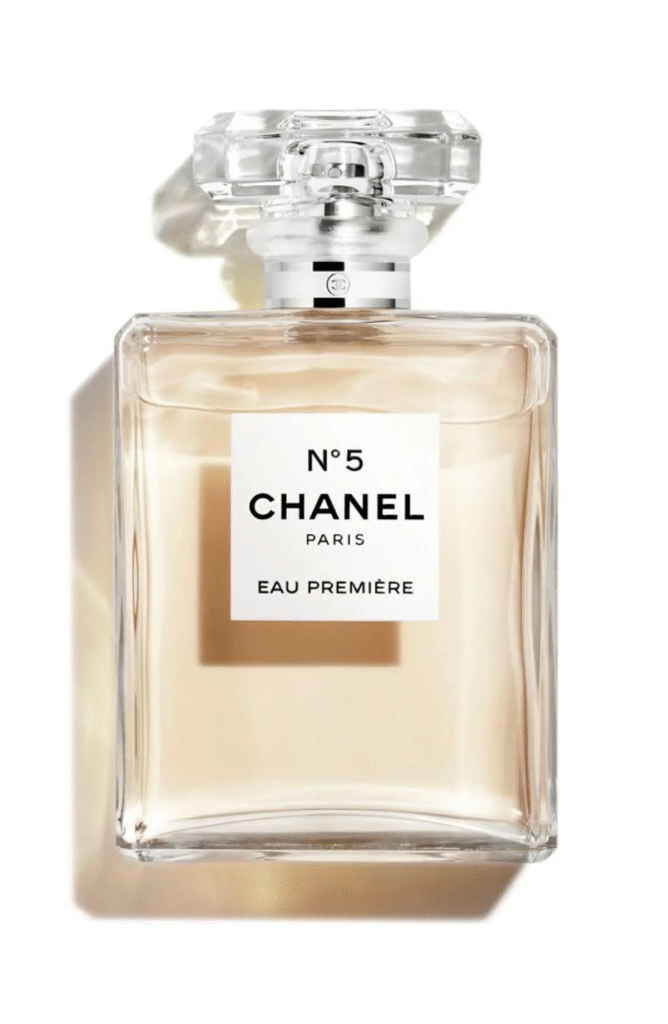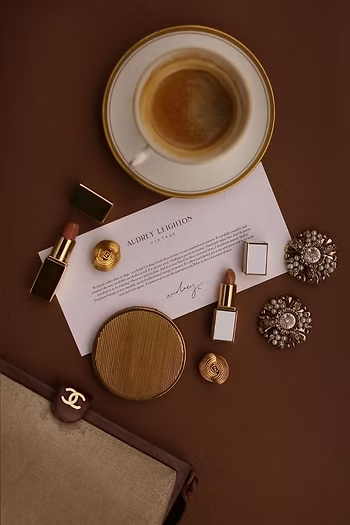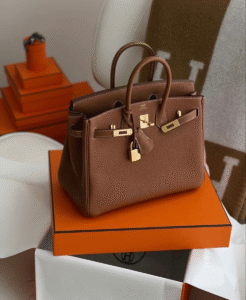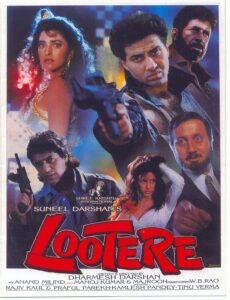A trademark is a distinctive sign used to identify and distinguish goods or services of one entity from another. Trademark infringement occurs when a party uses a mark similar or identical to a registered trademark owned by another, leading to confusion among consumers and potentially damaging the original brand’s reputation. In the context of trademark infringement, sample distribution refers to the unauthorized dispersion of goods, often in the form of replicas. This unauthorized dissemination can saturate the market with counterfeit products, diluting the value of the original trademark and causing financial harm to the legitimate brand. This article will explore these concepts in detail, with a focus on how renowned brands like Chanel and Christian Louboutin navigate these legal challenges.
Chanel’s Trademark Battle: When Samples Become Counterfeits

The well-established French fashion house, Chanel, has encountered multiple legal challenges concerning trademark infringement in the context of sample distribution. Here are a few case examples:
In 2015, Chanel sued counterfeiters Lam Chan Kee Co. Ltd., and Annie Pui Kwan Lam and Siu-Hung Lam, collectively as LKC Company. The case concerned the unauthorised sale of inferior-quality products imitating Chanel’s trademarks such as wallets, earrings, cell phone covers, and jewelry. The Federal Court ruled in favor of Chanel, highlighting that the trademark infringement found risked the brand’s prestige. An injunction for the sale of the counterfeits and financial compensation was awarded to Chanel. The case’s impact contributes to the protection of trademark rights, hindering counterfeit activities, and granting fair compensation to the affected brand.
However, while in the earlier case, it was clear that the products are in fact not originating from Chanel and thereby are inferior in quality.What would happen if the goods were in fact originating from Chanel ?
In the case of Chanel versus Ouest (2020), the French retailer Ouest infringed upon Chanel’s trademarks “by offering up samples bearing Chanel’s marks without its authorization. Additionally, the Court of Cassation determined that Ouest ran afoul of the law by offering up the Chanel products without their original packaging.”

The three main issues highlighted by the court in this case were:
- “Whether Ouest infringed Chanel’s trademarks by reselling the Chanel samples
- Ouest’s sale of the Chanel products without their original packaging constitutes an alteration of the condition of these products
- Ouest incurred tort liability by reselling Chanel brand products under “parasitic conditions”.
With respect to the re-sale of the “samples”, the Court held that a trademark holder has the right to authorise and consent to the sale of its products in the market, and though in the U.S. the “first-sale” doctrine may act as defense in the case of “resale of items”. The Commercial Chamber of French Court of Cassation, relied on the opinion of the CJEU and held that sample distribution does not fall within the ambit of “first sale” and therefore, Chanel retained the rights to consent to the sale / distribution and in this case the re-sale of the samples.
With respect to the other two issues, the court opined that Chanel being a “luxury” brand had due reason to oppose any “new act of marketing” or any alteration to its products which would cause a harm to its image as a “luxury” brand. Lastly, the court held that while the act of acquiring the sample products was not unlawful, the act of getting in direct competition with Chanel by offering the samples for cheaper prices was illegal and did away with any defense that the french retailer could have possibly relied on.
Louboutin’s Stolen Samples: Employee Theft and Brand Protection
The well-established shoe brand, Christian Louboutin, has also faced similar trademark infringement when one of its employees was found to have been stealing its “sample” shoes and selling it online as “genuine” Chrisitian Louboutin products.

In the case of Christian Louboutin SAS et al v. Nasrallah (2024), Mr Nasrallah was accused of allegedly stealing and selling thousands of dollars worth of the brand’s shoes and leather goods. The key legal issues involved trademark infringement of the brand, and breach of employment agreement.
While the case is currently pending in court, Christian Louboutin has raised various contentions against its former employee. Narsrallah, who had the access to the numerous sample products being manufactured by the company for the purpose of testing, marketing and designing, was discovered stealing the shoes and selling them via social media platforms like Facebook.
The brand alleged that since the sample products are primarily not for sale and used merely for the purpose of manufacturing and marketing, they have not passed the quality assurance tests set up by the brand and thereby are inferior and are not to be released in the market. The act of the defendant in this case thereby meant releasing “low quality” (albeit genuine) products of the company into the market in an unauthorised manner, which not only infringed upon their trademark as the sample goods were marketed as “genuine Christian Louboutin” products but also by giving the impression that the sample products were actually final products. This caused severe harm to the goodwill and reputation of the brand, since it released inferior products in the market.
Nasrallah was also charged for having breached his employment agreement by perpetrating the “stolen goods scheme,” according to Louboutin. The company claimed that it prohibited its employees from “re-selling any Louboutin product” and also from “using or disclosing Christian Louboutin’s ‘Confidential Information’ except in the proper performance of the employee’s duties.” The company defines “Confidential Information” as including, among other things, “any non-public information … related to the business or affairs of Christian Louboutin, its affiliates, … including, but not limited to … development projects, … designs and the design process, … and other technical information in relation to the development or supply of any future product or services of Christian Louboutin or its affiliates.”
From Decants to DHgate: Protecting Your Brand in the Digital Age
With the rising popularity of resale markets, aspirational value of the luxury market and the social media trends, brands face various new challenges with respect to protecting its products as well as its brand identity and valuable intellectual property.

The dominant impact of the Internet and the introduction of new digital technologies have challenged the scope of sample distribution in trademark infringement. The sophistication in precision and attention to detail in counterfeit manufacturing has significantly improved, making it challenging to discern between authentic and counterfeit goods.
One aspect of sample sale or resale that is often ignored is the sale of “decants” online via websites like ebay or social media platforms.
The process of decanting is kind of similar to the case of Chanel versus Oust. Decanting involves dividing a genuine luxury product, in this case a perfume, into small generic bottles, whereby they are marketed as “Luxury perfume samples” bearing the name of the product brand and sold at cheaper prices.
On social media, the escalating trend of influencers promoting counterfeit goods, decants and even DIY luxury on platforms like TikTok and DHgate significantly challenges the scope of trademark protection for brands in connecting with younger consumers. As hashtags related to counterfeits and “dupes” gain millions of views, the allure of these dupes becomes increasingly attractive to the demographic. As such, brands face the dilemma of adapting their strategies to engage this audience while ensuring product authenticity and quality.

Concerning sample distribution, this trend disrupts traditional promotional approaches, with influencers independently promoting and distributing counterfeit items on social media platforms. This stresses the risks associated with platforms like DHgate, where concerns about safety, legitimacy, and ethical issues are raised, impacting consumer trust.
The RepLadies community further exemplifies the evolving dynamics of status and identity, revealing how affluent individuals are finding excitement and satisfaction in acquiring nearly identical replicas at a fraction of the price. The growing trend on TikTok, where users share tips on crafting affordable alternatives for high-end fashion, further accentuates the difficulties in combating trademark infringement. The insights from these articles emphasise the importance of brands adapting to changing consumer behaviours and the need for ethical considerations in the fashion industry, influencing how sample distributions are approached and perceived by the target audience.
The recent case of US v. Jalloh highlights the significant impact of counterfeit trafficking, with federal prosecutors seizing a record-breaking haul valued at over $1 billion. In response to these challenges, countries like France and Canada implement strict measures, such as the destruction of counterfeit goods, to prevent unauthorized samples from entering the market. The restraint on travelers carrying counterfeit luxury items at international airports demonstrates a global effort to combat the trade in counterfeit goods, aiming to safeguard trademark rights but also addressing the economic, legal, and health risks associated with counterfeit products.

Trademark infringement, especially concerning sample distribution, poses a significant threat to the integrity and value of a brand, as illustrated in the Chanel and Louboutin cases. As the landscape of commerce in this new digital era continues to evolve, the battle against trademark infringement will persist, involving enhanced border controls and global cooperation. Brands need to remain adaptable, employing a combination of legal, technological, and educational strategies to protect their trademarks and maintain consumer trust in the global market.








